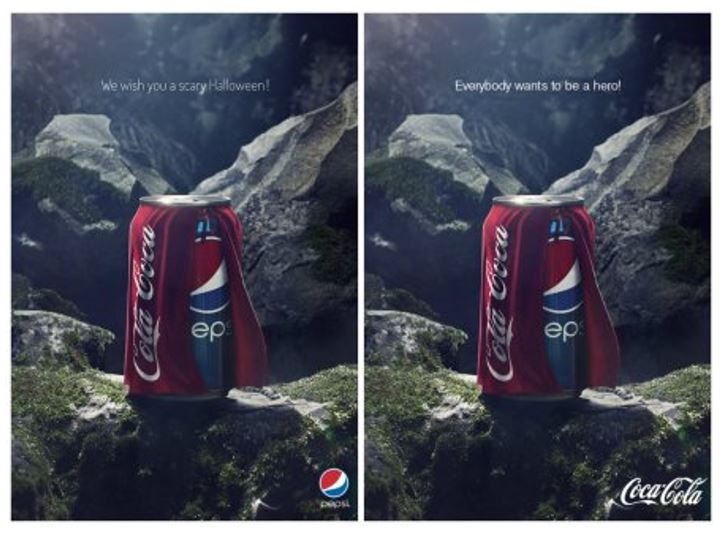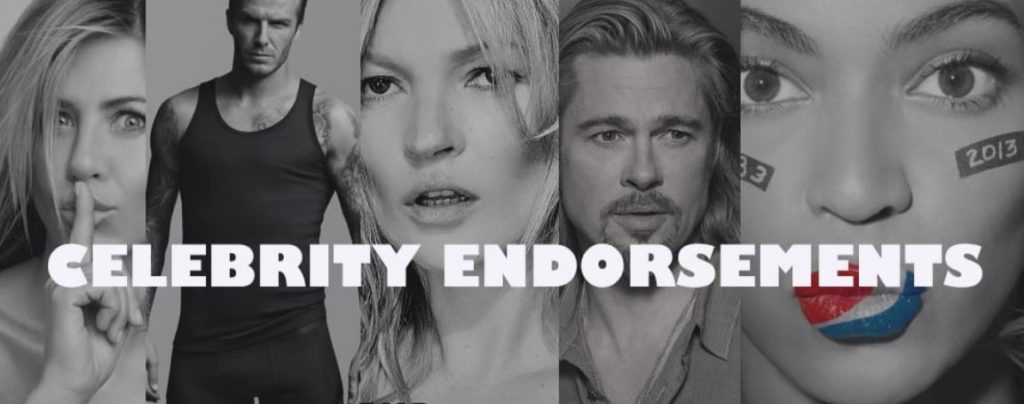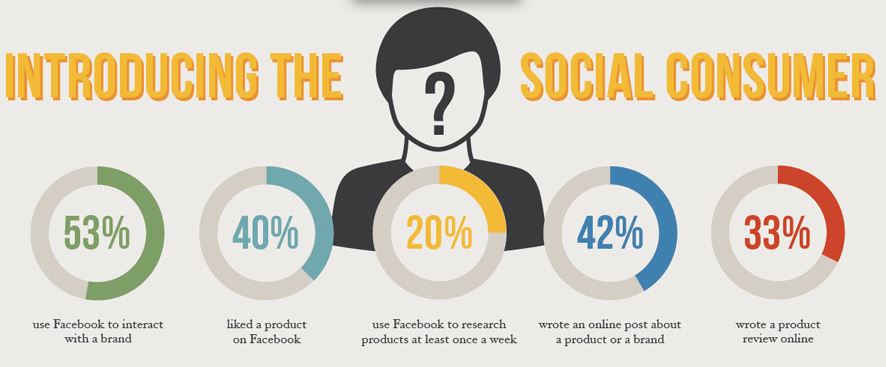The Effect of Classical Conditioning on Consumer Behaviour
Classical conditioning is a source of learning that influences an individual’s behaviour psychologically, habitually and perceptually. The concept of classical conditioning is discovered by Ivan Pavlon and is defined as a learning process that is created by crafting a connection between a neutral stimulus and an environmental or physical stimulus. However, it emphasises on placing neutral stimuli before the naturally occurring reflex.
The very well-known example of classical conditioning is of a dog, where the dog was exposed to a sound as neutral stimuli which triggered salivation as the reflex in anticipation of food (Cherry, 2017). Nevertheless, a study by Pornpitakpan (2012) states that there is no significant evidence that classical conditioning have any effect on consumer behaviour and its use in the advertisement is a waste. Therefore, this report will analyse the impact of Classical Conditioning on Consumer behaviour through Coca Cola’s advertisement in United Kingdom.
Classical Conditioning at Coca Cola
Coca Cola is among the top selling and manufacturing soft drink Companies in the world, it was established by John Pemberton in the 19th century. Perhaps it is run by Asa Griggs Candler, an extraordinary marketer who has got Coca Cola to this dominating position. Coca Cola is a Global brand but this report talks about its Coca-Cola Great Britain (CCGB) division, which manages 20 different brands and 80 or so drinks. Its brands in the United Kingdom include a variety of still and sparkling drinks, four colas, herbal teas, sports drinks, waters, juices and also no calories, caffeine and sugar drinks in the range of flavours (Coca-cola, 2017). Nonetheless, the advertisement of Coca Cola is a great choice to demonstrate the impact classical conditioning on consumer buying behaviour.
Coca Cola’s Advertisement History
Coca Cola has a unique way of marketing its drinks ever since it’s first on-screen advertisement in 1950, where it associated its brand to festive occasions from red trucks in Christmas holidays to hilltop singers by creating an association. Similarly, in another advertisement in the 1950s featuring Julie Reaby and Alf Davies (the winners of British Ballroom Dancing Open Championship of 1956) with the slogan “Coca‑Cola puts you at your sparkling best!”. Coca Cola has been seen to create its brand image as the source of happiness.
Like most of the well-known brands in the 1960s, Coca Cola featured celebrities in its advertisement to air in the UK because it tends to influence consumer’s buying behaviour. Then there were also some ads where it introduced cartoons to show how characters call truce using a bottle of Coca Cola. Furthermore, it uses appealing jingles like “Only Coke will do when you’re thirstiest”, “Coca‑Cola refreshes you best!”. Likewise, Coca Cola has evolved tremendously by associating coke with appealing notions and trends like it introduced can opener named Churchkey in the mid-1970s with the demonstration of how to open cans. The Coca Cola ads at times introduce its campaigns, to help a cause or demonstrate a new idea but with the aim to attract more and more consumers (Coca Cola, 2017).
Use of Classical Conditioning in Coca Cola’s Advertisement
Understanding the consumer behaviour is a crucial aspect of today’s market, especially for effective marketing and branding of the products. In fact, when a new product is launched the consumer behaviour changes and its psychological understanding becomes important because it requires new association. Under classical conditioning, many brand use liked or disliked music in their advertisement to affect consumer’s product preference (Gorn, 1982). However, Coca Cola uses classical conditioning in its advertisements very effectively for creating an association of its products with a likeable factor.
As thirst is an unconditioned response of the consumers in a hot season and it is triggered by many physical and environmental factors like sports, heat, dehydration, workout etc. which are used by Coca Cola as unconditioned stimuli in its marketing and branding functions very strategically. Moreover, the keywords of these unconditioned stimuli are used in slogans to appeal consumers and influence their purchase decision such as “Thirst Knows No Season”, The Pause That Refreshes”, Open Happiness etc. (Ryan, 2017).
Nonetheless, Coca Cola products are used as conditioned stimulus by placing along with the unconditioned stimuli in every advertisement. As a result, Coca Cola drinks become a signal of unconditioned stimulus like heat and dehydration for the consumers and they feel thirsty by seeing the ad without actually experiencing the environmental factors. This impact of classical conditioning compels consumers to buy Coca Cola by making them feel thirsty when they actually may or may not be thirsty. In addition to that, Coca Cola also uses festivals to create its pairing with the festive period and influence people to buy coke (Oakley, 2013).
Impact of Advertisement Characteristics on Consumer Behaviour and Pepsi (Rival Brand)
There are numerous characteristics of Advertisement including the use of media, tools, communications means etc. which basically make the brand image. As the brand image is the core driver of the brand equity and it influences consumer perception and choice regarding a product by driving the consumer behaviour. Regardless of the marketing strategies of the companies, the main objective of every organisation is to effect consumer’s perception and buying behaviour towards the brand. Coca Cola establishes its brand image of happiness and refresher in consumer’s mind and stimulates their purchasing decision of the brand (Zhang, 2015).
The first ever print advertisement published by Coca Cola in 1886 had slogan “Delicious and Refreshing” and was marketed on every merchandise including trays, clocks etc. until 1920 to create its brand image as a very refreshing beverage. Which positively influenced consumer behaviour and increased its market share, as a result many similar slogans were used in ads like “Coca Cola is a Delicious Beverage, Delightfully in Harmony with the Spirit of All Outings”, “Coca Cola Revives and Sustains” and “The Great National Temperance Drink” using classical conditioning to create a distinct brand image in consumer mind (Ryan, 2017).
For example, a very well-known and highly anticipated Christmas ad by Coca cola that was aired in 2013 used the traditional factors or view of advertisement to compel consumers to buy that product. In the human mind, events like Christmas are the unconditioned stimulus that tends to bring a positive vibe or sense of happiness, excitement and togetherness as an unconditioned response.
Before the implementation of the classical conditioning, the neutral stimulus or Coca Cola drinks do not trigger any emotion in consumers because of no brand association. Nevertheless, when the same neutral stimulus (Coca cola) is advertised with the unconditioned stimulus (Christmas) in an advertisement, it generates positive feelings among consumers, the emotions of excitement and family re-emergence when they see Coca Cola. These emotions then become the conditioned response of consumers due to the association of Coca Cola with Christmas. Perhaps, the effectiveness of the advertisement cannot be directly measured but the recorded sales of Coca Cola during the Christmas season exceeded to £185m, which shows its very positive impact on consumer buying behaviour (Oakley, 2013).
Furthermore, Oakley (2013) shows the impact of Coca Cola’s same advertisement on Pepsi by highlighting the AIDA (Awareness, Interest, Desire, Action) tool used by Coca Cola in the ad. The tool is discovered by Elmo Lewis and proposes a view of effective advertisement which affects Pepsi’s sales. The tool first grasps consumer attention by awareness, then interests or appeals them to learn about it and consequently convinces them to desire the product. Eventually, it influences their purchasing decision making or consumer buying behaviour and they take action to buy Coca cola. Which perhaps decrease Pepsi’s sales than Coca Cola.
The rivalry between Coca Cola and Pepsi is quite interesting as both have somewhat similar in chemical composition but their advertisement creates preference among their consumers. However, Coca Cola is known as the most popular beverage with 18.6% global market share, whereas Pepsi has 11.9%.
The advertisements of Coca Cola like its 2013 Halloween ad maybe a cheap advertisement tactic (shown in the figure below) as a competition but it is an example of classical conditioning that created the brand association. The advertisement may have worked in favour of Coca Cola but badly affected Pepsi (Oakley, 2013). Not just that the other advertisement characteristics of Coca Cola like media and communication tools also badly affect Pepsi as they both have the same target audience.
Conclusion
After the above thorough analysis of Classical Conditioning and its effect on consumer behaviour in advertisement using Coca Cola’s Great Britain advertisement, it is proved to be quite evident. There are many brands like Coca Cola who use the unconditioned stimulus along with neutral stimulus to create conditioned response by associating the brand or product with an emotion.
The effect is proven significant using various Coca Cola’s advertisement examples, from its first ever print ad to on-screen advertisements that create its association with freshness, happiness, togetherness etc. and Influence its consumer’s buying behaviour and increases its sales. The example of its Christmas ad is used to show the effect of classical conditioning on Coke’s consumers and their purchase decision which show an immense increase in sales during Christmas period.
Furthermore, the effect of advertisement characteristics on its rival brands is also significant. Which is proved using its 2013 Halloween advertisement that created the brand association (using classical conditioning) and through AIDA communication tool, which anticipates and influenced most of the cola consumer market at the time.
The effect of classical conditioning on consumer behaviour is noticed because of the association that this theory help creates, condition human brain to respond similarly to the unconditioned response (heat, dehydration or thirst) at the sight of a neutral stimulus (Coca Cola). A study by Till, Stanley and Priluck (2008) states that the celebrity enforcement used to condition consumer behaviour is very effective. For example, when a celebrity endorses a brand, his followers are likely to buy that brand to create a sense of belongingness.
Classical Conditioning Recommendations
According to the above analysis Coca Cola uses Classical Conditioning to influence its consumer behaviour, perhaps there are numerous other ways of influencing consumer behaviour. Few of them are as follows:
As nowadays consumers are flooded with the information than the last decade which gave them the power to switch brand due to excessive sugar or any other property of the product. Moreover, there are the variety of substitute brands using same classical conditioning factors.
In fact, Conlon (2021) states that four out of five customers don’t come back if they do not like a single thing about the product. Therefore, it is recommended to onboard technologies and personally engage with the consumers to influence their buying behaviour and offering the personalised experience. There are latest technologies like social intelligence and customer analytics that would assist in delivering the premium experience.
As technology has empowered the brands, it has also empowered consumers to disengage and unsubscribe, which means that Coca Cola cannot merely rely on its festive and refreshing drinks advertisement. Some consumers demand ‘boosting drinks’ or the healthy drinks that do not increase their sugar intake and obesity level. Thus, it is recommended to create smaller consumer segments to cater all consumer preferences and influence them by targeting their insecurities like weight, health consciousness, energy etc.
Furthermore, Redsicker (2014) say that today’s consumers are super connected, thus understanding individual groups that tend to influence each other’s buying behaviour must be studied to anticipate their purchasing decision. By learning about their cultural aspects or latest trends or celebrity hype, is likely to alter consumer behaviour.
Another recommendation is to use the ‘on rader’ issues or social causes instead of festivals because these factors resonate more than anything. The issues like recycling, animal welfare, personal energy source etc. tend to attract young people to use those brands that support human welfare. It is also likely to create loyal customers by accessing more and more consumer insight to influence them and anticipate their demand or decision making (Lee, 2011).
References
Cherry, K. (2017). How Classical Conditioning Works: An Overview With Examples. [online] Verywell.
Coca Cola. (2021). Coca‑Cola adverts from our archives.
Coca Cola. (2021). Coca-Cola GB.
Conlon, G. (2021). What Change in Customer Behavior Will Impact Marketing Most in 2020?
Gorn, G.J., 1982. The effects of music in advertising on choice behavior: A classical conditioning approach. The Journal of Marketing, pp.94-101.
Lee, S. (2011). Influencing Consumer Behaviour Sustainability.
Oakley, T. (2013). Why do Coca-Cola advertise?
Pornpitakpan, C., 2012. A critical review of classical conditioning effects on consumer behaviour. Australasian Marketing Journal (AMJ), 20(4), pp.282-296.
Redsicker, P. (2014). 5 Ways You Can Influence Consumer Purchasing Decisions: New Research : Social Media Examiner.
Ryan, T. (2017). Coca-Cola Slogans History.
Till, B.D., Stanley, S.M. and Priluck, R., 2008. Classical conditioning and celebrity endorsers: An examination of belongingness and resistance to extinction. Psychology & Marketing, 25(2), pp.179-196.
Zhang, Y., 2015. The Impact of Brand Image on Consumer Behaviour: A Literature Review. Open journal of business and management, 3(01), p.58.
Relevant Posts
Consumer Behavior Decision Making L’Oreal
Luxury Goods Consumer Purchasing Behaviour
Did you find any useful knowledge relating to the effect of classical conditioning on consumer behaviour in this post? What are the key facts that grabbed your attention? Let us know in the comments. Thank you.





